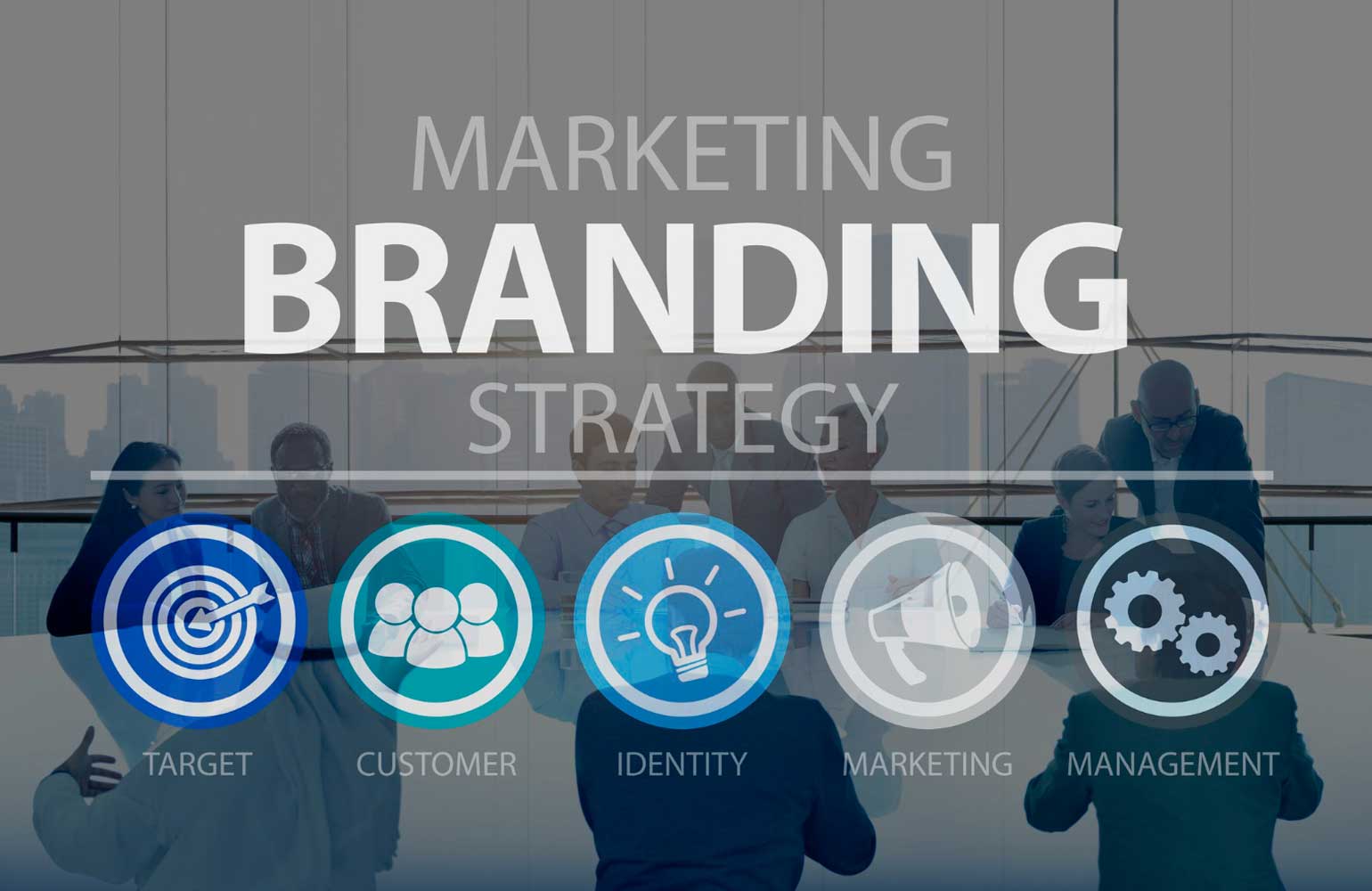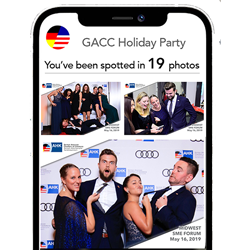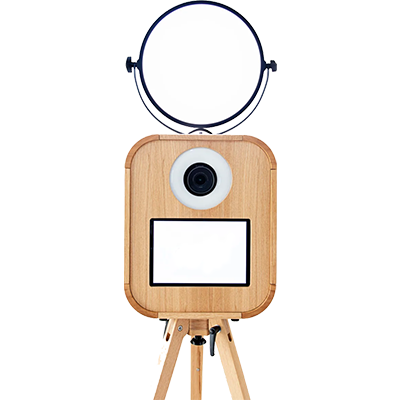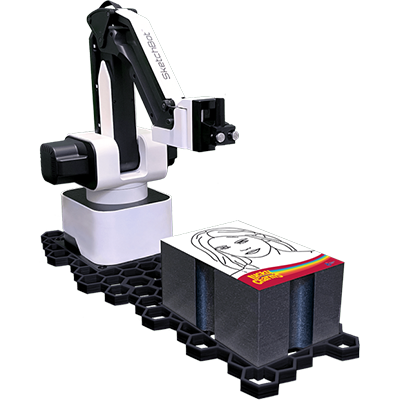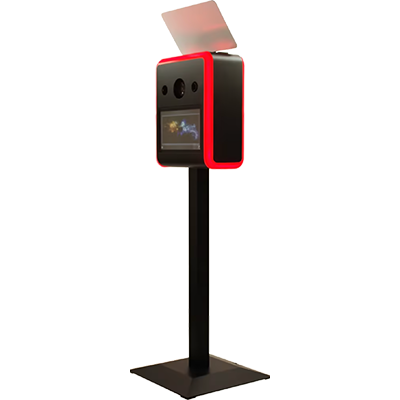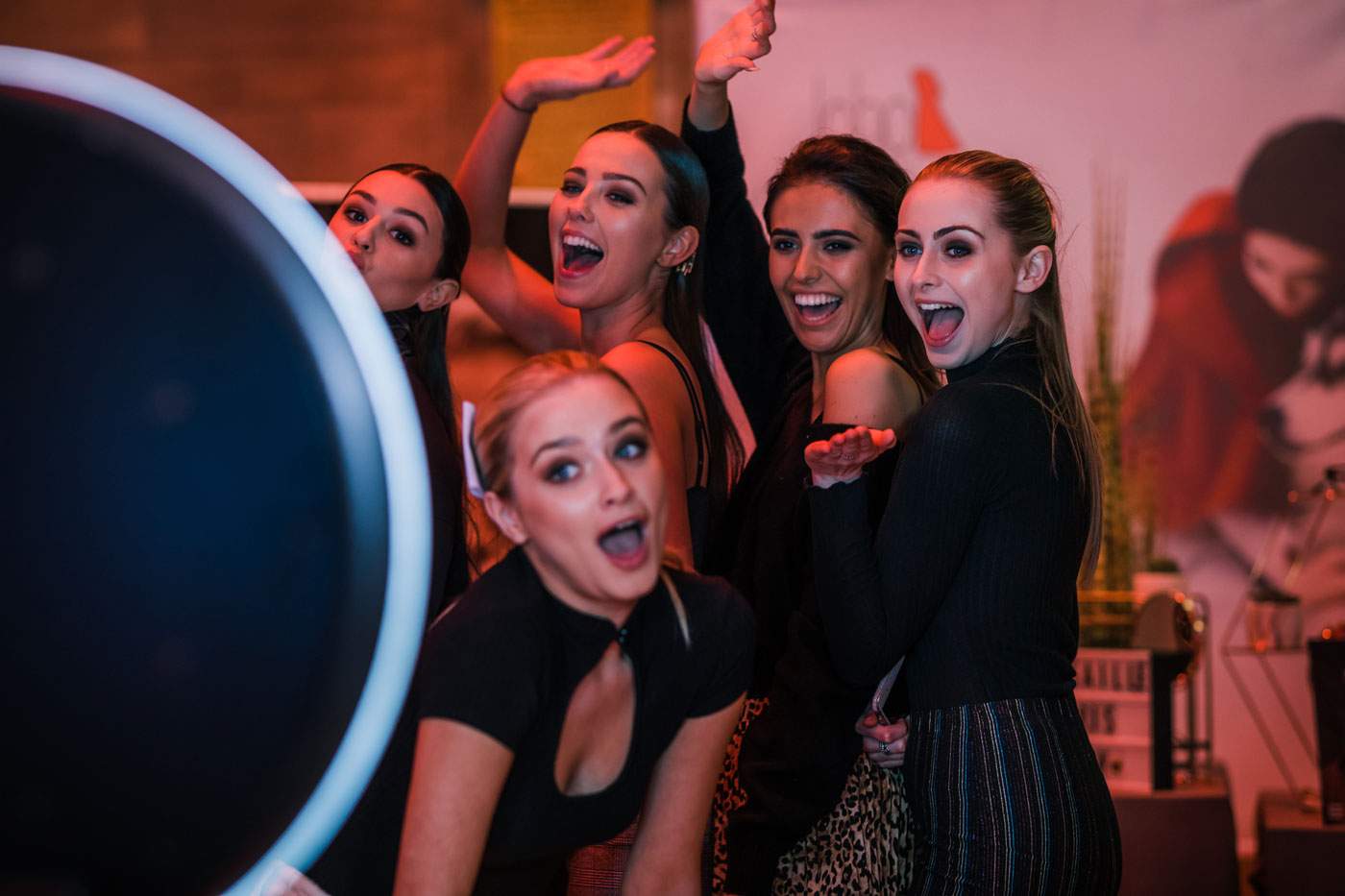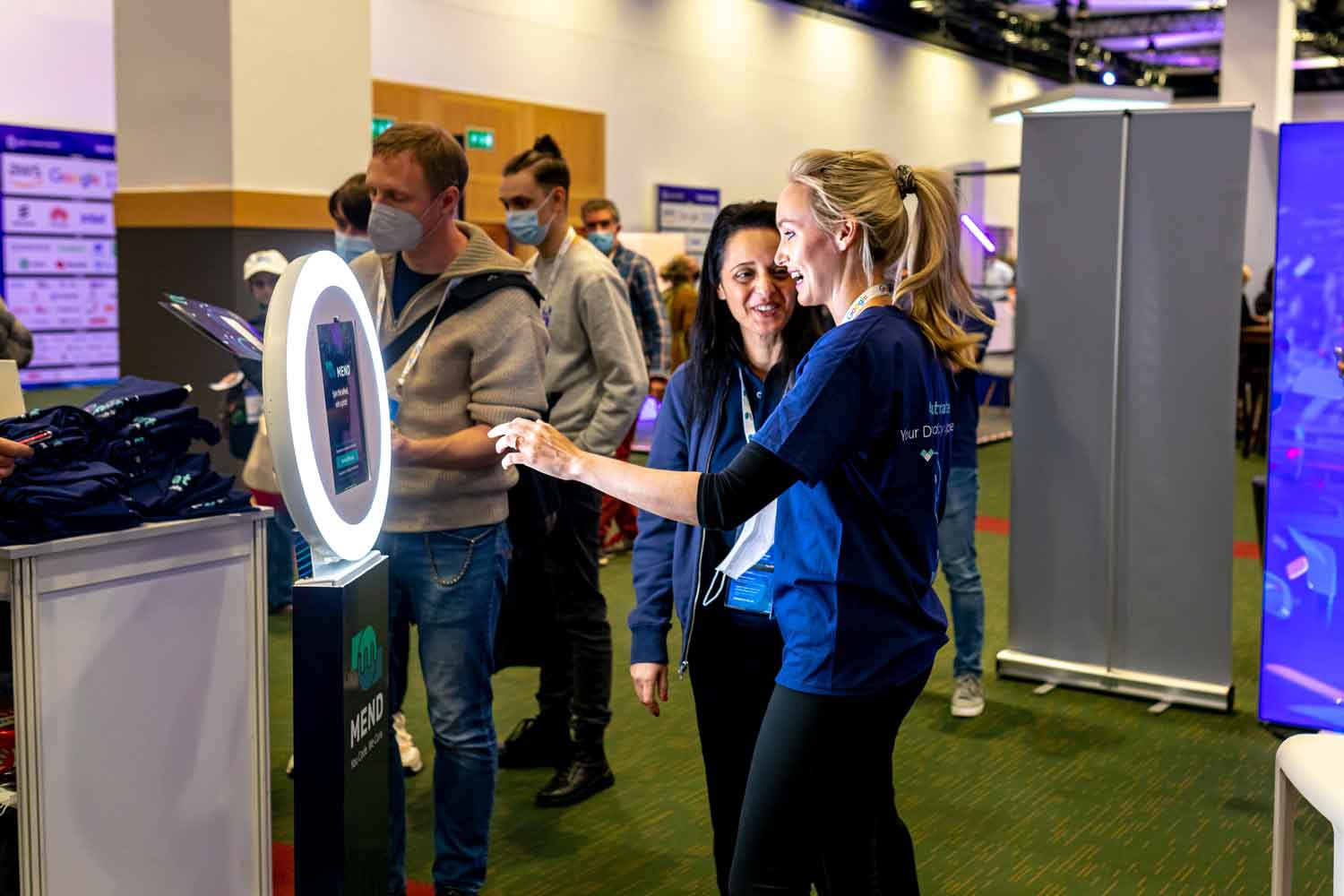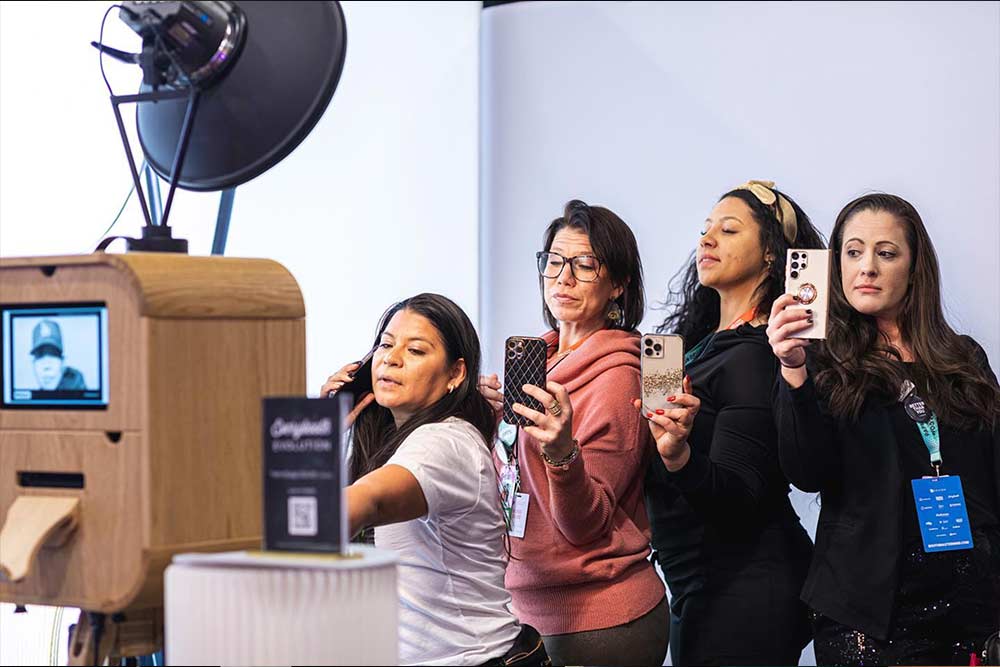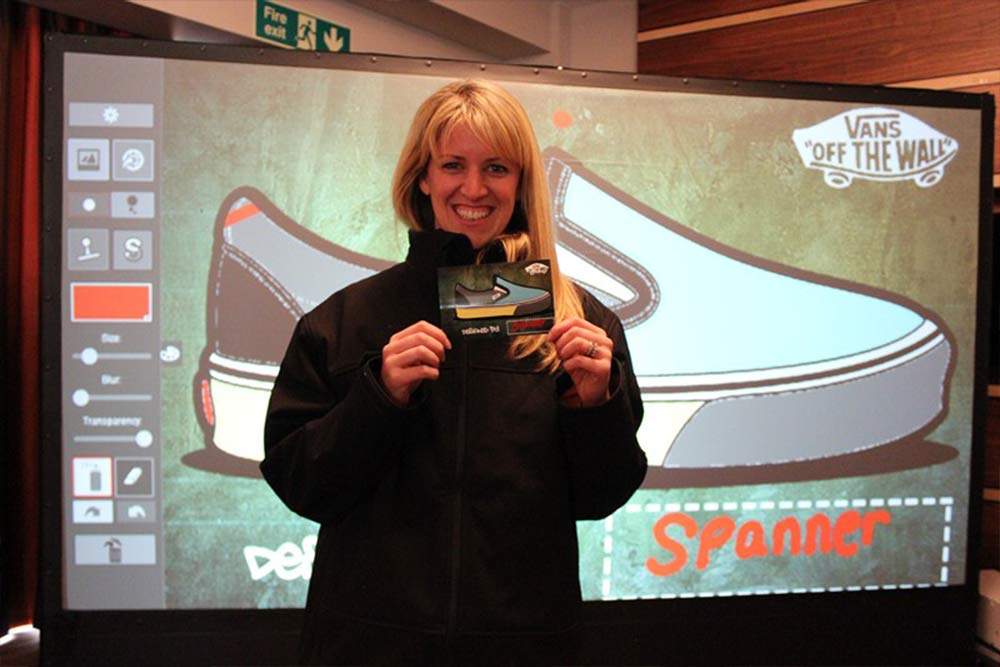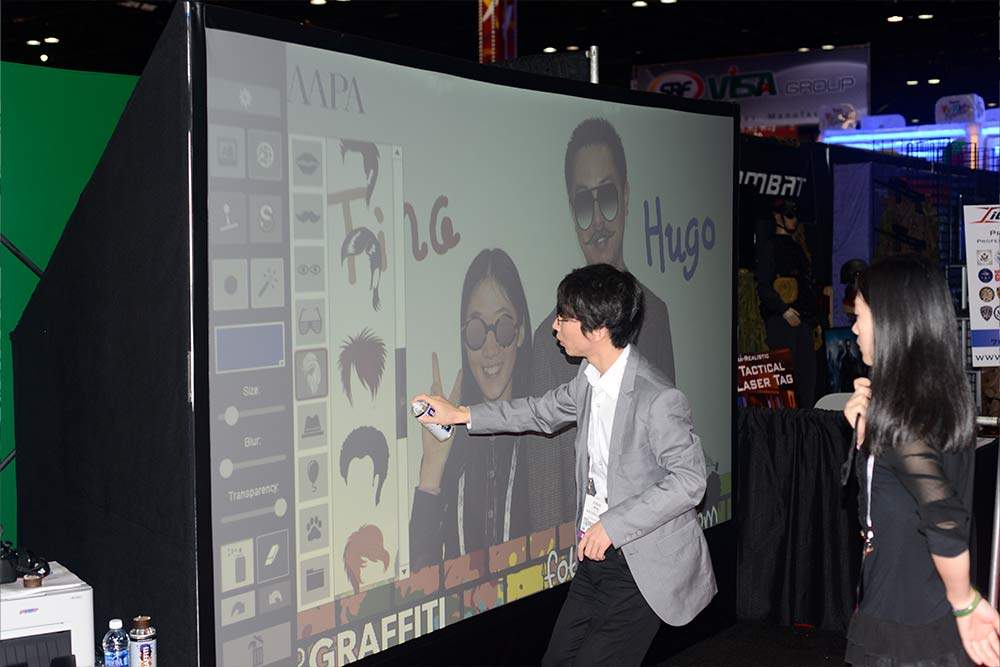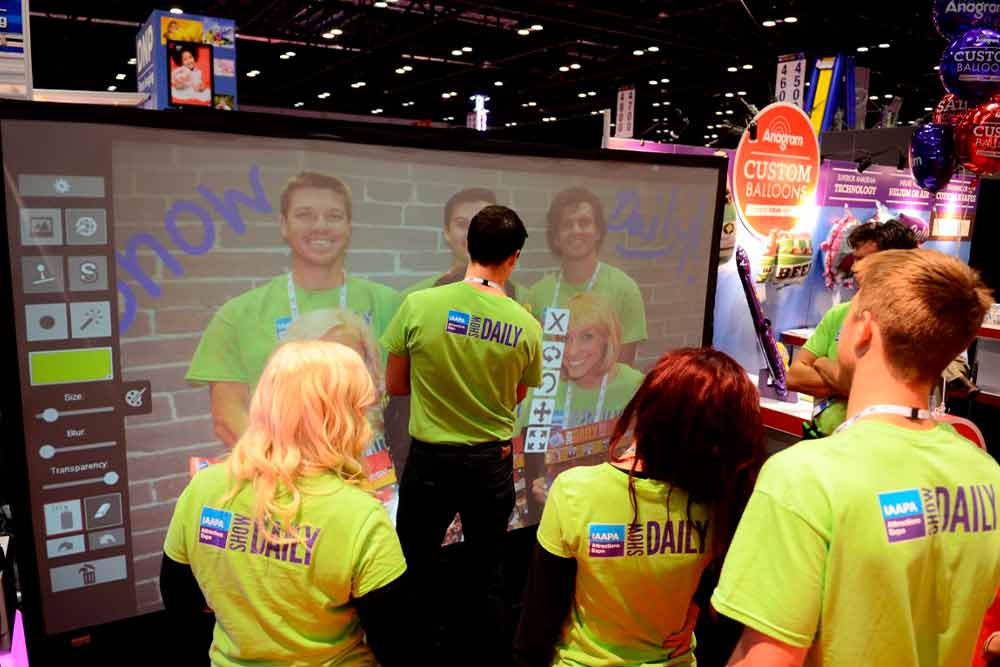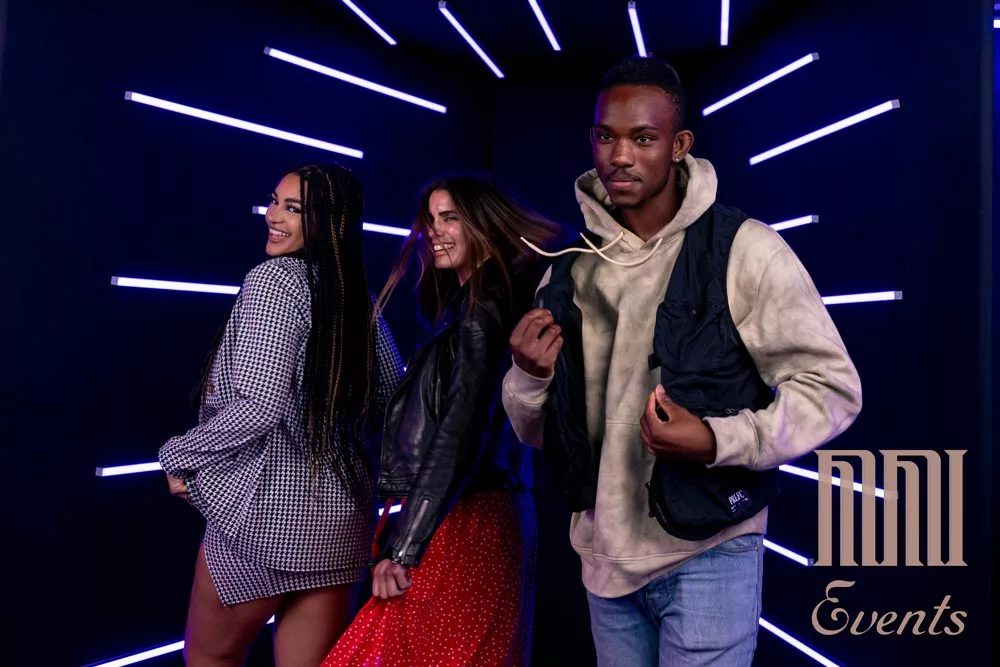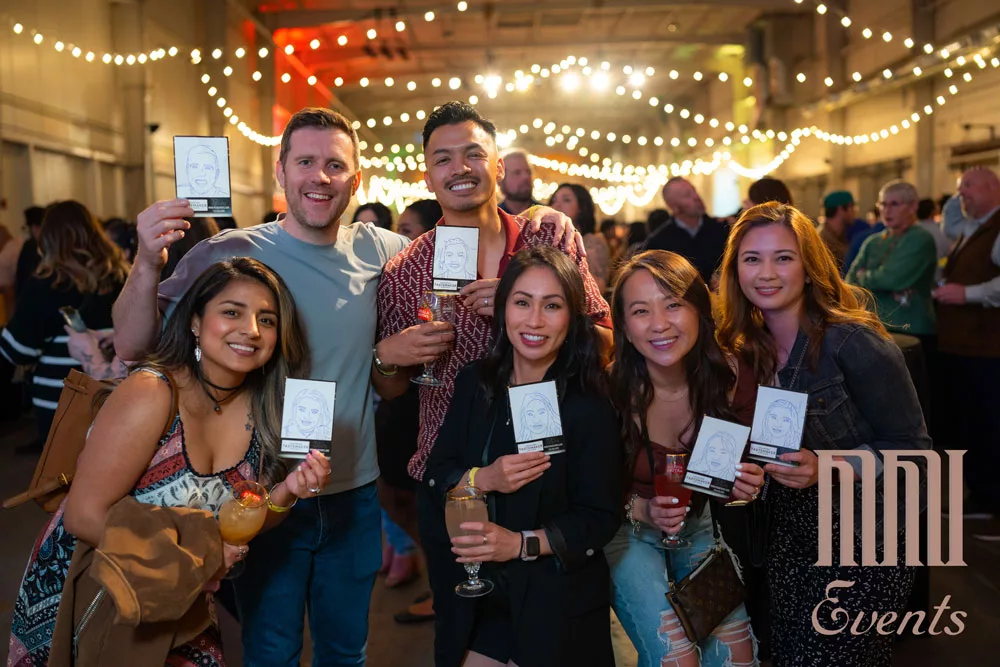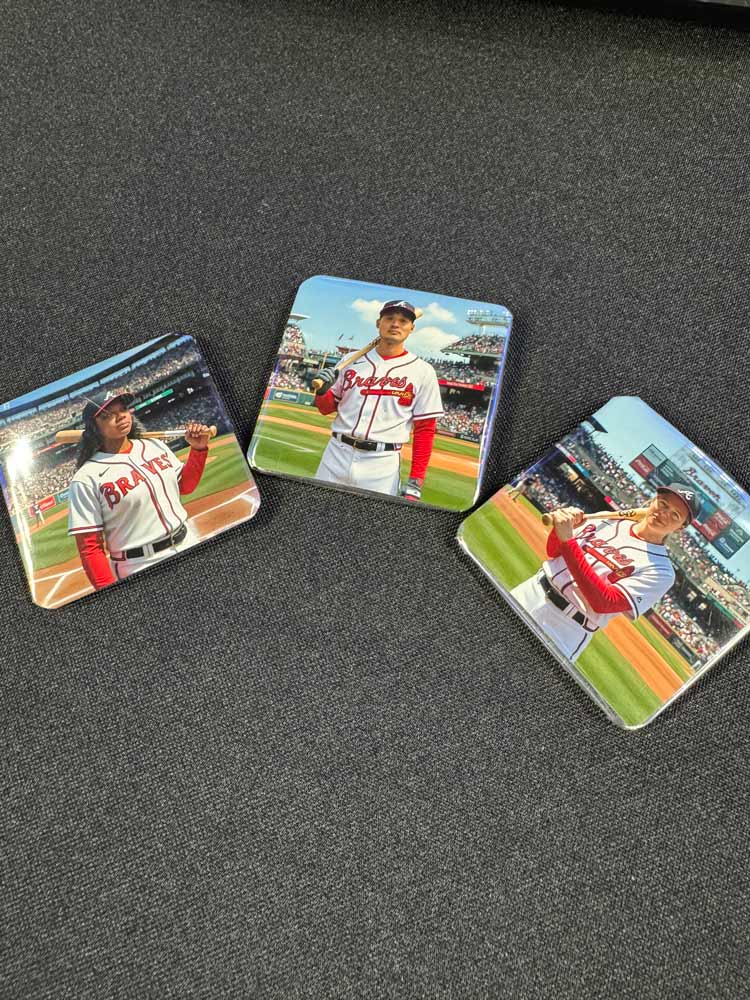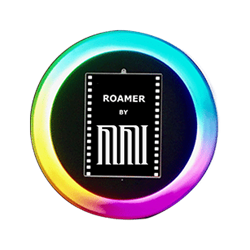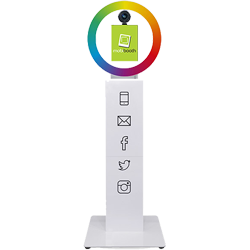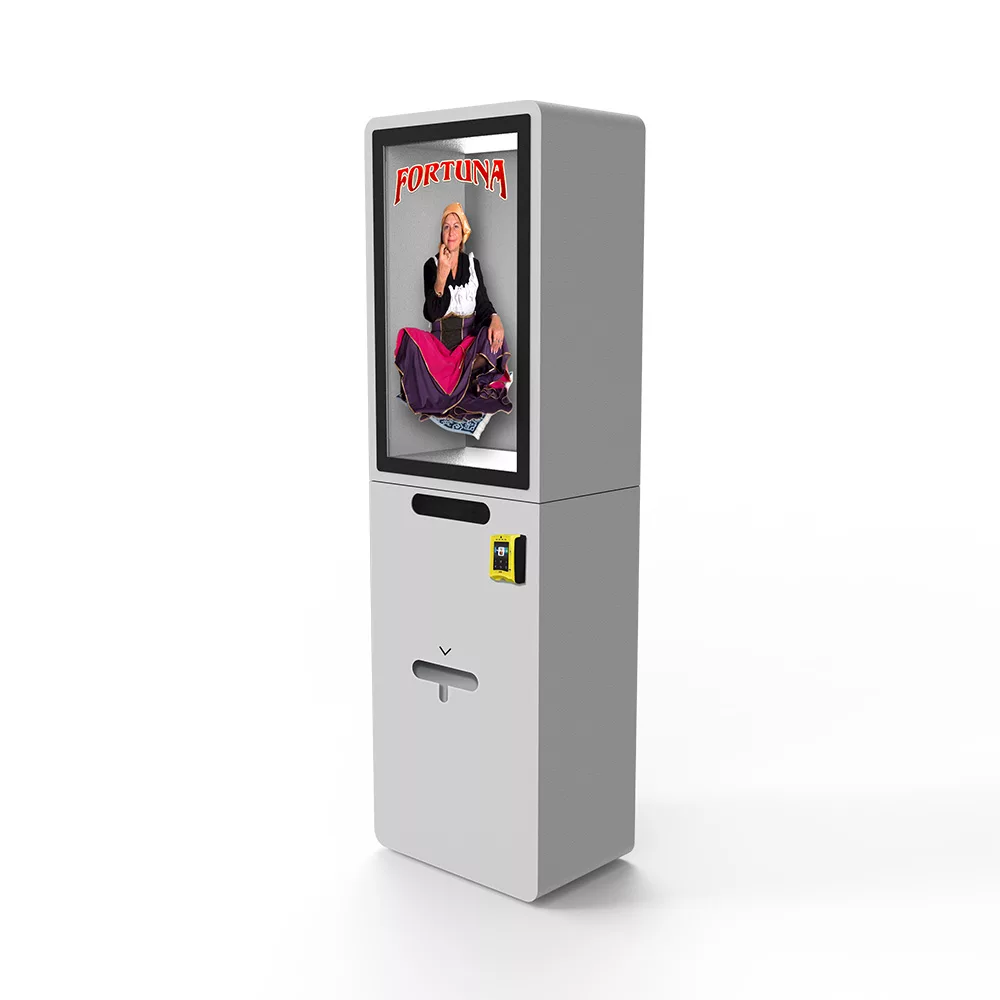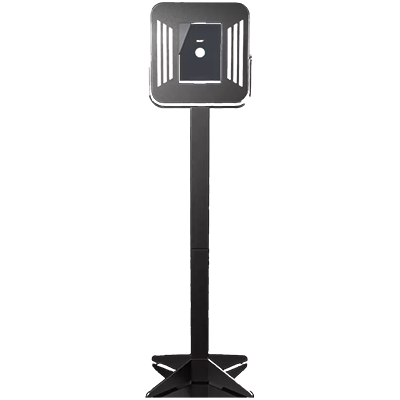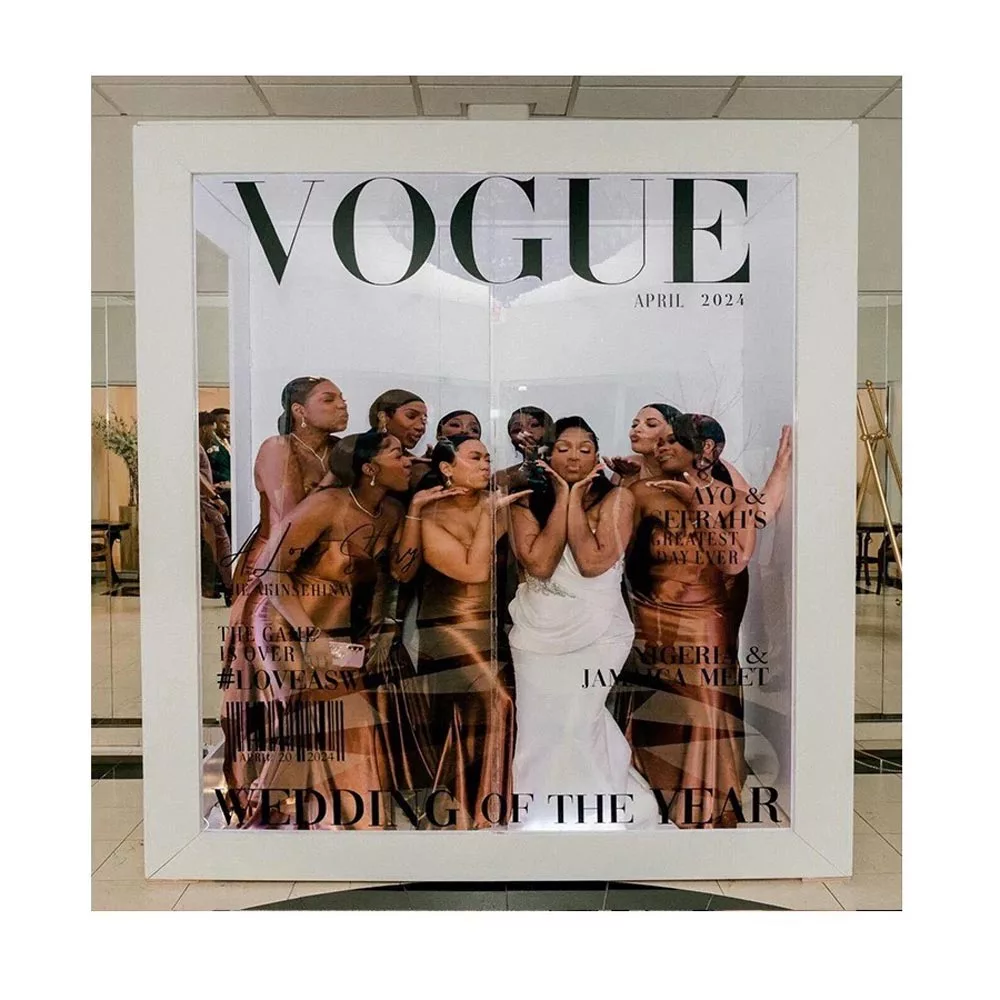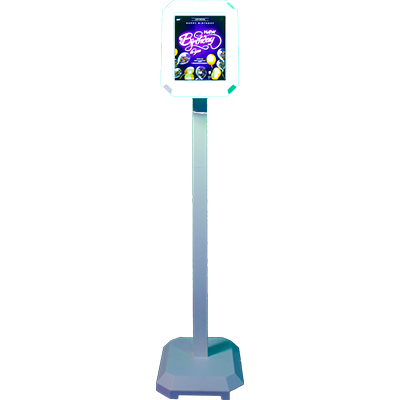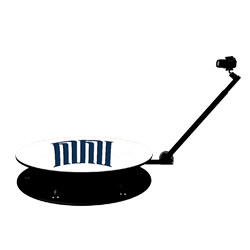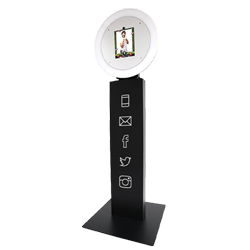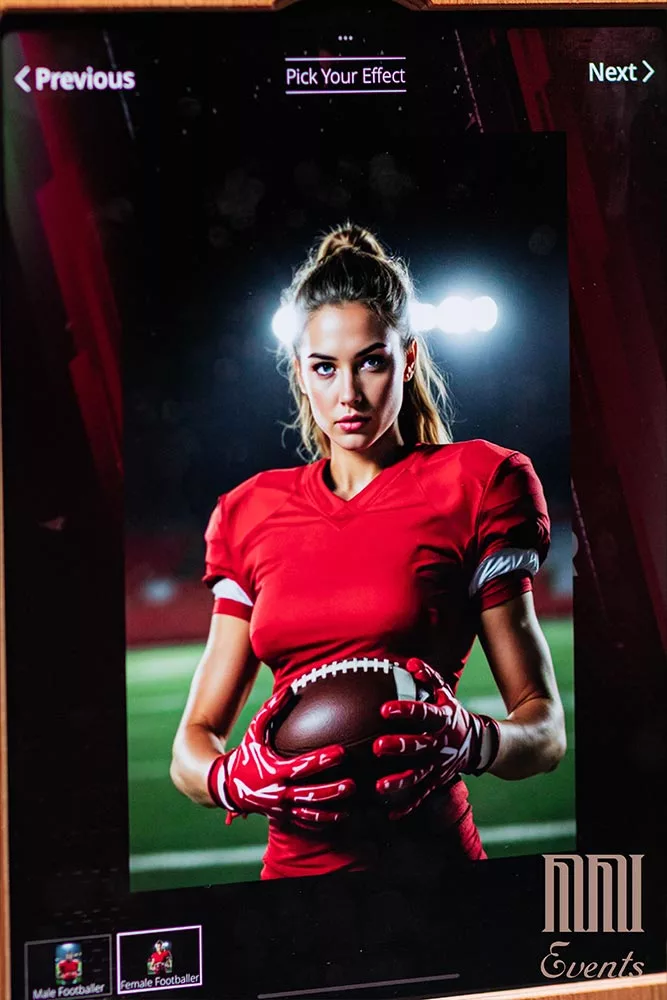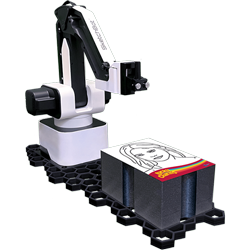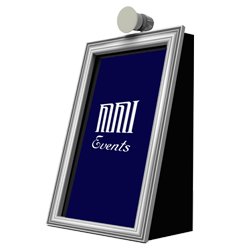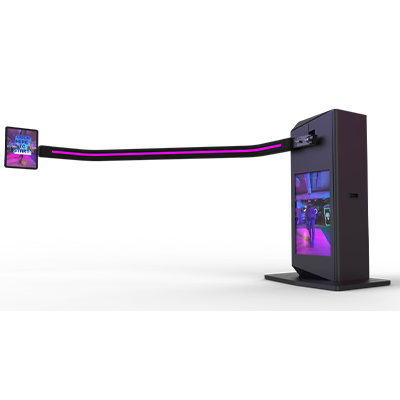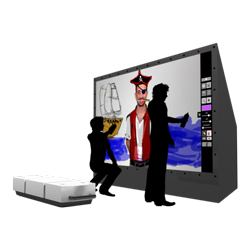In an era where consumer engagement is key, experiential marketing has become a crucial strategy for brands. This approach focuses on creating memorable and interactive experiences that leave a lasting impression. For photo booth brand activation and rental companies like MMI Events, experiential marketing offers a unique opportunity to enhance brand activations and connect with audiences in innovative ways.
What is Experiential Marketing?
Experiential marketing involves face-to-face interactions that allow consumers to experience a brand in a tangible way. It’s about building emotional connections through immersive and interactive experiences, which can range from live events and pop-ups to virtual reality and augmented reality installations. This strategy aims to increase brand awareness, loyalty, and consumer engagement by making the brand experience memorable and impactful.
How to Create a Successful Experiential Marketing Strategy
1. Understand Your Audience: Research your target audience to understand their preferences, behaviors, and interests. Tailor your experiences to resonate with them. Use surveys, social media analytics, and market research to gather insights.
2. Set Clear Objectives: Define what you want to achieve, whether it’s brand awareness, product launches, or increased engagement. Objectives should be SMART (Specific, Measurable, Achievable, Relevant, Time-bound).
3. Create a Unique Experience: Design an experience that stands out and aligns with your brand’s values. Use creativity to make it memorable. Incorporate elements like interactive displays, immersive environments, and multi-sensory experiences.
4. Leverage Technology: Incorporate the latest technologies like AR, VR, and interactive displays to enhance the experience. Technology can create personalized experiences and make events more engaging and shareable.
5. Promote Across Channels: Use social media, email marketing, influencers, and traditional media to promote your experiential campaign. Pre-event teasers and live updates can build excitement and anticipation.
6. Engage and Interact: Ensure your staff or brand ambassadors engage with participants to create a personal connection. Training them to communicate your brand message effectively is crucial.
7. Measure Success: Track metrics such as social media engagement, participant feedback, foot traffic, and sales to evaluate the effectiveness of your campaign. Use tools like surveys, social listening, and analytics platforms to gather data.
10 Innovative Experiential Marketing Strategies Used by Big Companies
1. Adidas’ “Dare to Create” Campaign: An interactive installation where participants could design their own shoes, fostering creativity and personal connection with the brand.
2. Netflix’s “Stranger Things” Pop-Up: Immersive experiences that recreated scenes from the show, allowing fans to engage deeply with their favorite series.
3. Spotify’s “Wrapped” Campaign: Personalized user data visualizations and shareable content, creating a personal and interactive experience.
4. LEGO’s “Rebuild the World”: Interactive building events where participants could create with LEGO bricks, promoting creativity and hands-on engagement.
5. M&M’s “Flavor Rooms”: Pop-up experiences where visitors could immerse themselves in rooms themed around different M&M’s flavors.
6. Mercedes-Benz’s “#MBPhotoPass”: Allowing Instagram influencers to take over the brand’s account, providing authentic and engaging content.
7. Airbnb’s “Night At” Campaign: Offering unique overnight stays in unusual locations, such as a floating house on the Thames or a gondola on a ski lift.
8. Nivea’s “Sun Slide”: An interactive water slide that applied sunscreen to participants, merging fun with product usage.
9. Apple’s “Today at Apple”: Free educational sessions at Apple stores where customers can learn new skills and try Apple products.
10. Amazon’s “Prime Day” Experience: Exclusive events and promotions for Prime members, enhancing the value of the membership and engaging customers through unique shopping experiences.
Benefits of Experiential Marketing
1. Enhanced Brand Awareness: Experiential marketing creates memorable experiences that make a lasting impression, increasing brand recall.
2. Stronger Emotional Connections: Interactive experiences foster deeper emotional connections with the brand, leading to increased loyalty.
3. Increased Engagement: Engaging and interactive activities encourage participation and interaction, leading to higher engagement rates.
4. Viral Potential: Unique and shareable experiences can go viral on social media, amplifying the reach of the campaign.
5. Immediate Feedback: Direct interaction with consumers allows brands to gather immediate feedback and insights.
6. Customer Loyalty: Memorable experiences create positive associations with the brand, fostering long-term loyalty.
7. Differentiation: Unique and creative activations help brands stand out in a crowded market.
Experiential Marketing Best Practices and Measurement
1. Set Clear Goals: Establish specific objectives for your experiential marketing campaign to guide your strategy and measure success.
2. Create Authentic Experiences: Ensure the experience is genuine and aligns with your brand values to build trust and credibility.
3. Engage the Senses: Incorporate multi-sensory elements to create immersive experiences that engage participants on multiple levels.
4. Leverage Influencers: Partner with influencers to expand your reach and add credibility to your campaign.
5. Use Data and Analytics: Utilize data to understand your audience, track engagement, and measure the impact of your campaign.
6. Encourage Social Sharing: Design experiences that are shareable on social media to increase visibility and reach.
7. Follow Up: Maintain engagement with participants after the event through follow-up communications and offers.
8. Evaluate and Iterate: Regularly assess the performance of your campaigns and make adjustments based on feedback and data.
How MMI Events Can Enhance Your Experiential Marketing
MMI Events specializes in creating interactive and memorable experiences through high-quality photo booth rentals. Here’s how MMI Events can elevate your experiential marketing:
– Custom Branded Photo Booths: MMI Events can design photo booths that align with your brand’s identity, ensuring a cohesive experience. Custom wraps and branded props make the experience unique and memorable.
– Social Media Integration: Our photo booths allow instant sharing on social media, amplifying your activation’s reach and engagement. Features like hashtag printing and digital sharing options encourage participants to share their experiences online.
– Interactive Features: From green screens to augmented reality, our photo booths offer various interactive features that engage participants and make the experience unforgettable. Interactive touchscreens and personalized photo options add an extra layer of engagement.
– Data Collection: Gather valuable data and insights from your activation through user interactions with our photo booths. Collect emails, survey responses, and track social media metrics to measure the success of your campaign.
– Professional Setup and Support: Our team ensures seamless setup and operation, allowing you to focus on engaging with your audience. We provide on-site support and troubleshooting to ensure a smooth experience for participants.
Conclusion
Experiential marketing is a powerful way to engage with your audience and create lasting impressions. By leveraging innovative strategies used by big companies and partnering with MMI Events, you can create unique and memorable experiences that resonate with your target audience. Ready to elevate your experiential marketing? Contact MMI Events today to get started.



